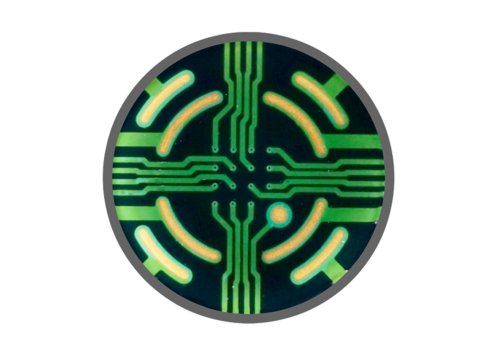Wei F, Pence L, Woodling K, Bagam P, Beger R, Gamboa da Costa G, Pang L.
Toxicological Sciences, 2022
Scientists use Axion’s noninvasive, label-free Maestro multielectrode array (MEA) platform to explore electrophysiological responses of hiPSC-CMs in vitro.
Human induced pluripotent stem cell-derived cardiomyocytes (hiPSC-CMs) are widely used to assess the cardiac risk of drug compounds in vitro but differences in electrophysiological responses of hiPSC-CMs in serum and serum-free media are not fully understood. In this study, scientists used Axion’s noninvasive Maestro multielectrode array (MEA) platform to compare electrophysiological responses in hiPSC-CMs exposed to ten CiPA compounds and moxifloxacin in the two different types of media. The scientists also explored the impact of using glass vials versus plastic tubes and plates.
The results demonstrated the presence of abiotic compound loss to plastic consumables in serum-free preparations, especially in hydrophobic compounds and suggest that the use of serum-containing media “may reduce the assay variability across different study sites and assay platforms.” The researchers also showed that compound preparation methods have an effect on drug bioavailability in exposure media and can impact the accuracy of cardiac risk prediction. Looking forward, the authors suggest that a greater awareness of these factors may facilitate more accurate predictions of cardiac risk when evaluating candidate drugs.


